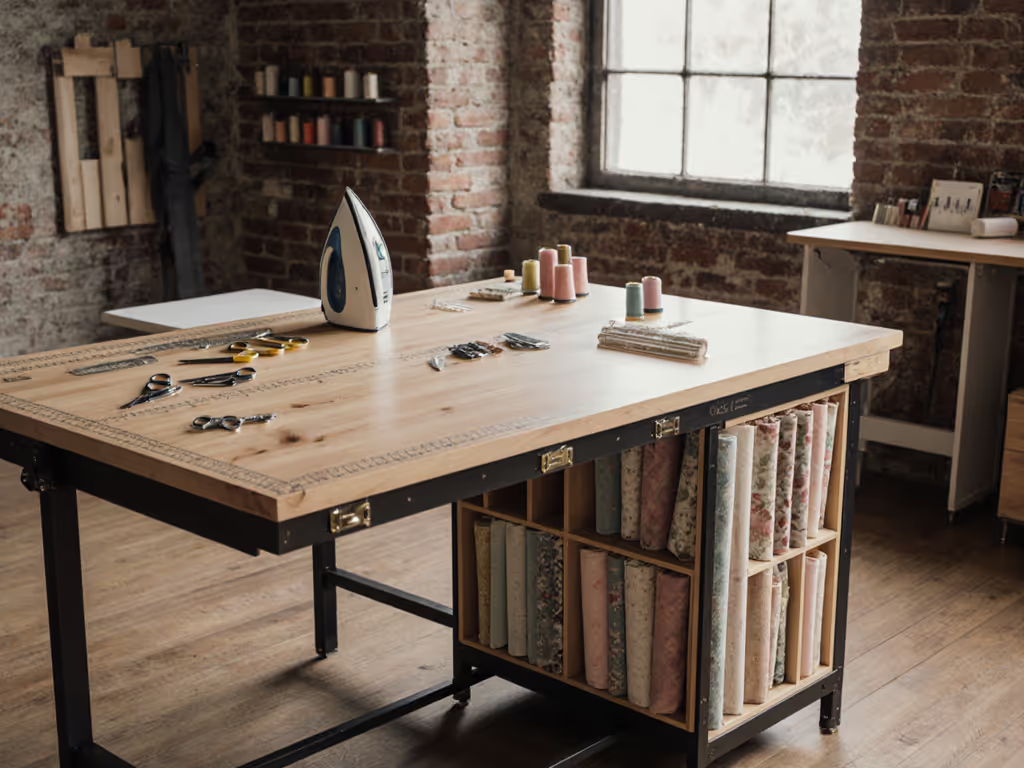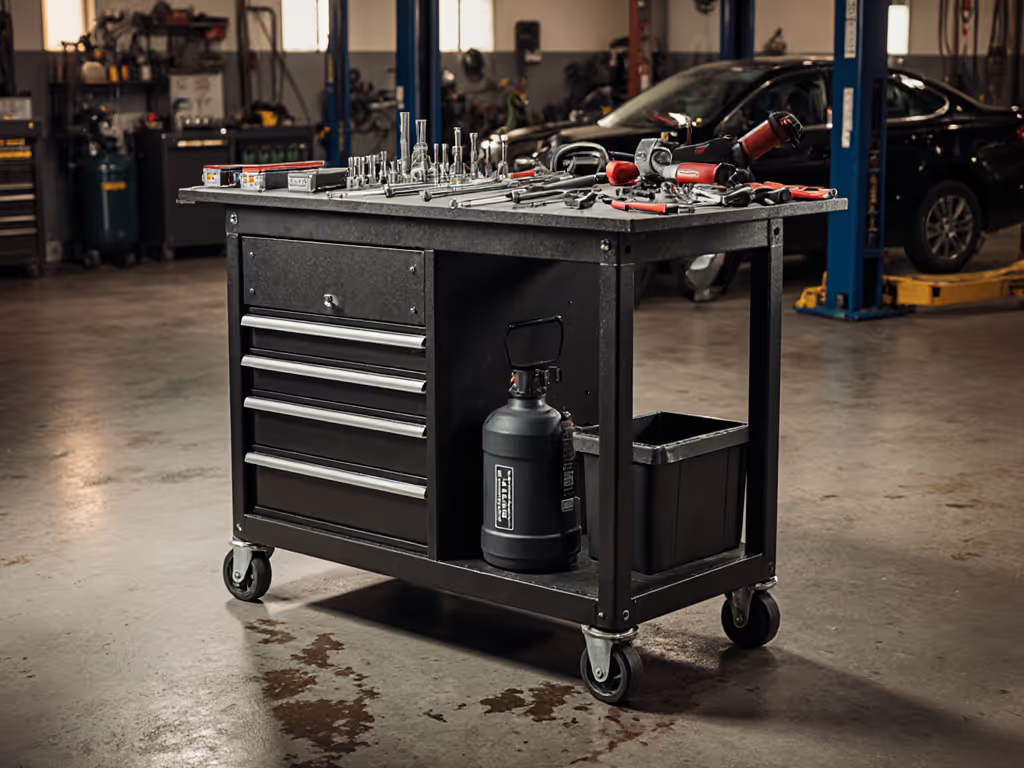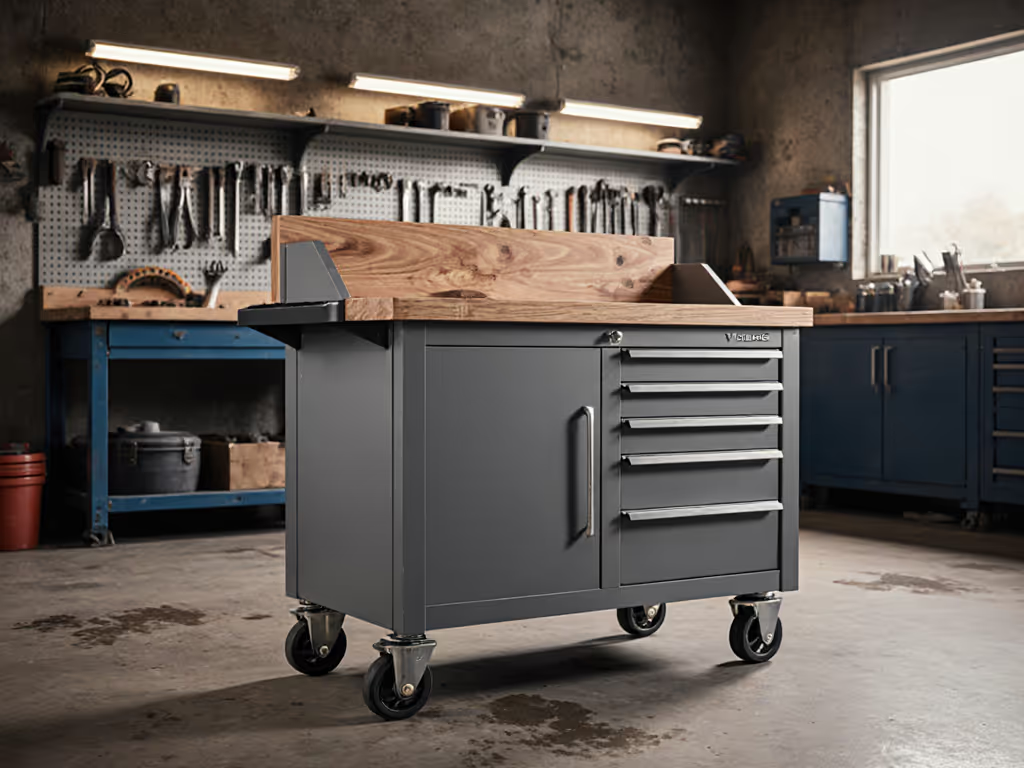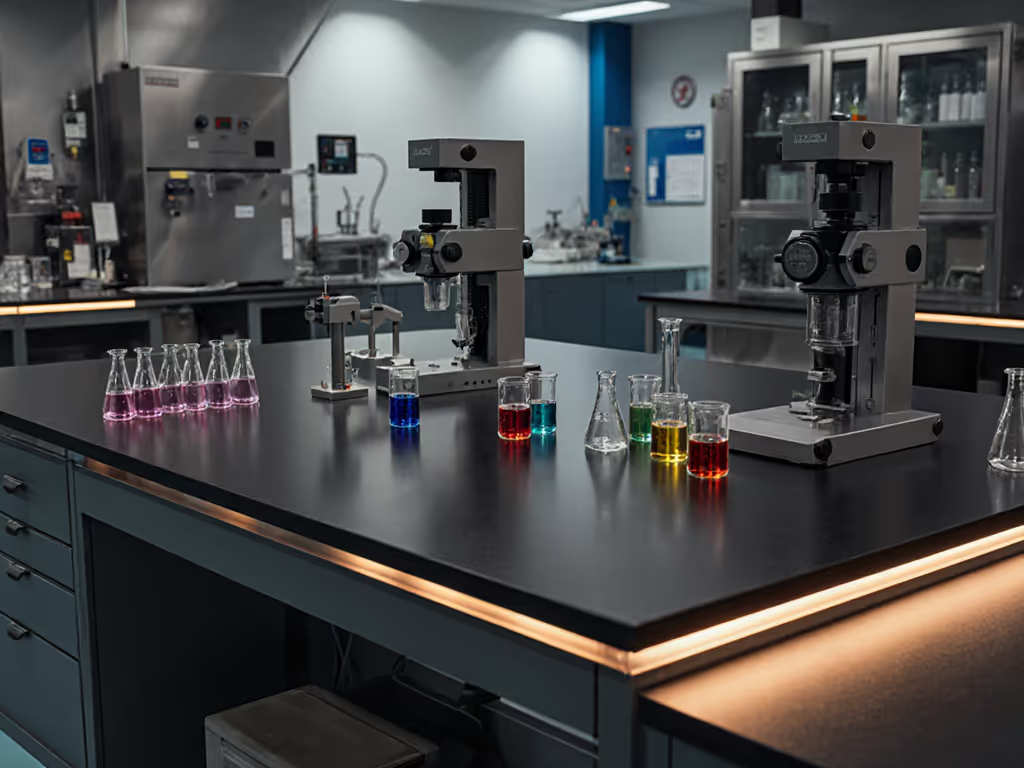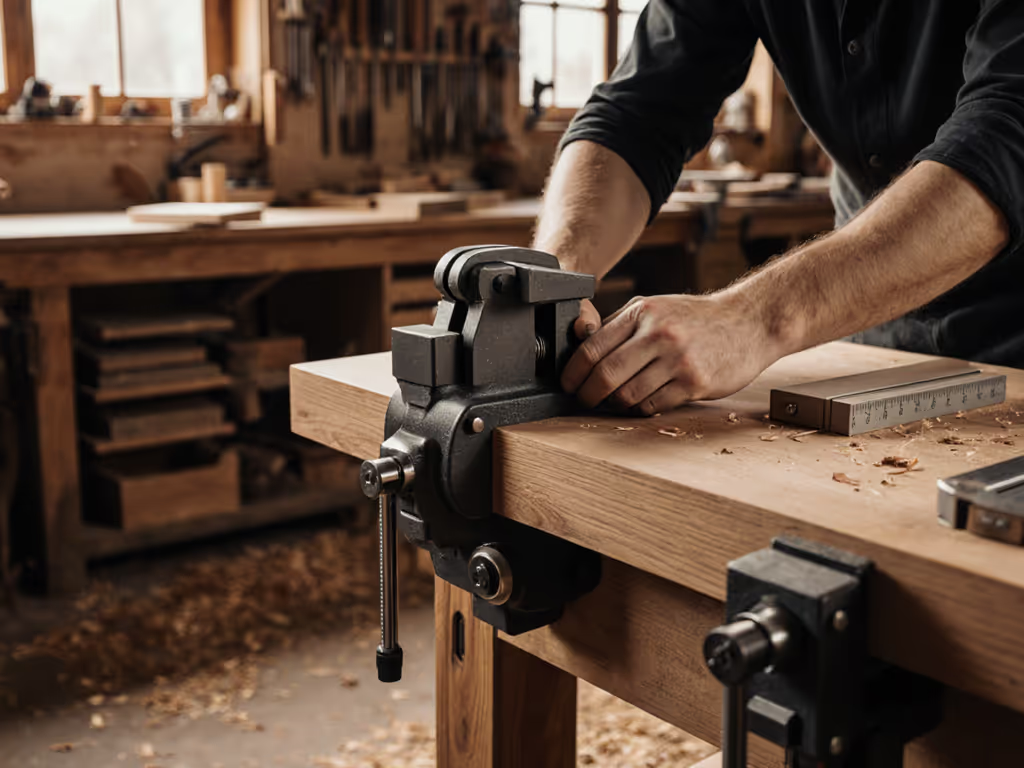
Humidity-Resistant Workbench: Climate-Proof Stability
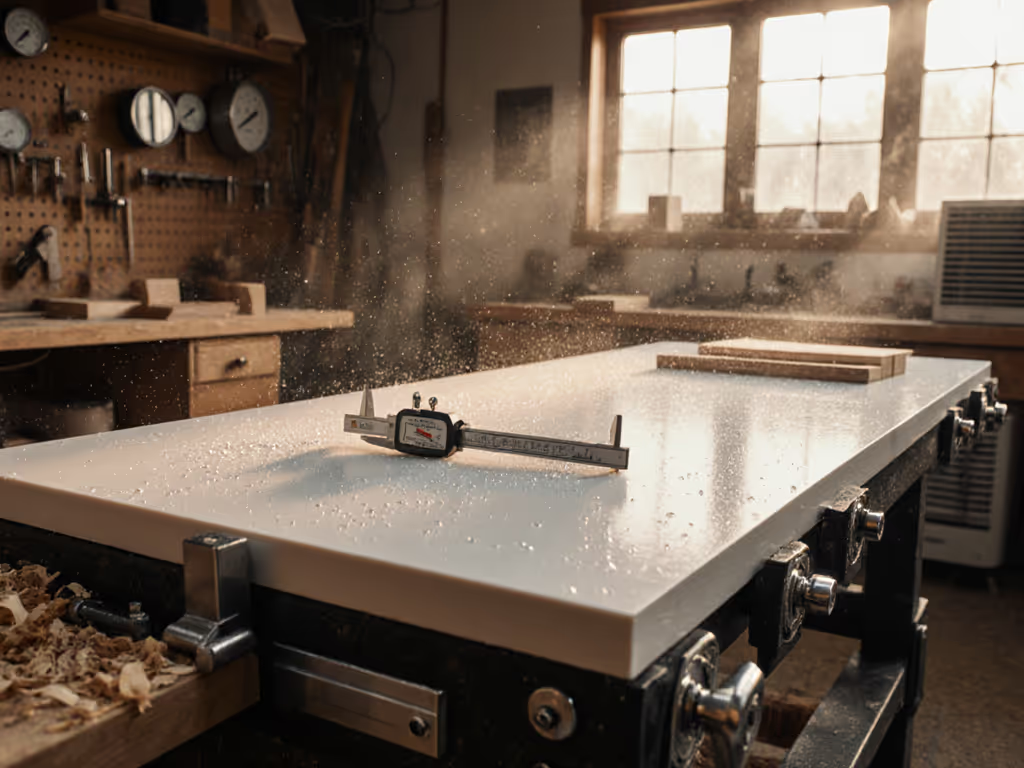
A humidity-resistant workbench isn't an exotic luxury; it's the foundation that disappears when you're racing against a tropical climate workbench deadline. I learned this the hard way on a coastal film set where a "portable" bench folded during a critical glue-up. Half a day vanished in swearing and rework. The replacement? Ugly, overbuilt, and utterly boring. It never failed through monsoons or dry seasons. If you're debating materials in tough climates, see our steel vs wood workbenches for long-term stability and corrosion trade-offs. That's the lesson: climate-challenged workshop bench performance is measured in vanished headaches, not clever engineering. Below, I'll dissect what actually works when humidity swings from 30% to 90% in 24 hours (all through a failure-mode-aware lens).
FAQ Deep Dive: Building for Humidity Hell
Why do standard workshop benches fail in high humidity?
Most benches assume stable indoor conditions. But in garages, sheds, or tropics, humidity swings cause predictable failure modes:
- MDF/particleboard tops absorb moisture like a sponge. ANSI standards show swelling up to 12-15% in 72 hours at 90% RH (enough to twist frames and wreck flatness).
- Laminated wood tops delaminate at edges as cores expand faster than veneers. I've seen 4' x 8' Baltic birch tops cup 3/16" overnight in Southeast Asia humidity.
- Steel frames rust at weld points when condensation meets road salt or sawdust acids (killing rigidity).
The core issue? Most designs prioritize initial cost over sustained flatness. Your bench must maintain <1/32" deflection under clamping load through seasonal shifts. If it doesn't, your joinery accuracy self-destructs. As I tell my prototyping crews: Overbuild the interface; let the work speak for itself.
What's the most failure-proof work surface for moisture-challenged environments?
Forget "waterproof" claims. True moisture-proof work surface performance requires three traits:
- Homogeneous density (no fiber direction to swell unevenly)
- Zero water absorption (swelling <= 0.5% per ASTM D1037)
- Thermal stability (won't soften below 150°F)
Based on field testing in Panama City and Singapore humidity:
| Material | Swelling at 90% RH | Repairability | Cost Tier | Best For |
|---|---|---|---|---|
| HDPE | 0.1% | High | $ | Mobile benches, marine shops |
| Epoxy Resin | 0.3% | Medium | $$$ | Labs, precision glue-ups |
| Stainless Steel | 0.0% | Low | $$$$ | Chemical exposure zones |
| Laminated Maple | 8-10%* | Low | $$ | Only stable climates |
* Unless kiln-dried to 6-8% MC and sealed edge-to-edge - rare in pre-built tops.
HDPE dominates for serious shops: dent-resistant, glue releases cleanly, and costs 40% less than epoxy. For chemical-intensive shops, also consider phenolic resin workbenches for heat and solvent resistance. One client in Miami rebuilt his bench with 1.5" HDPE after humidity wrecked two MDF tops in 18 months. His verdict? "Zero flatness drift in 3 years (just hose it down after epoxy pours)."
Key insight: A bench's wood stability in humidity isn't about the material, it's about eliminating moisture pathways. Seal all edges on wood composites, or ditch them entirely for homogeneous solids.
How do you fix fixturing failures in humid climates?
Clamping faces warp first. I've seen dog holes become useless as aprons twist 1/8" out of plane. Your strategy must target recovery, not just rigidity:
- Dog hole patterns: Use 3/4" HDPE tops (not wood) with oversized 7/8" holes. Humidity shifts won't bind dogs.
- Vise mechanics: Aluminum-jaw vises corrode faster than steel in salt air. Specify 304 stainless screws and bronze bushings (non-negotiable in coastal zones).
- Frame triangulation: Add 1/4" steel gussets at leg-to-apron joints. On a recent job in Bangkok, this reduced racking deflection by 70% during monsoon season.
Pro move: Build in shim points under the top. When humidity inevitably shifts things, you reset flatness in 10 minutes (not 10 hours). For more ways to stabilize clamping and reduce racking without a rebuild, explore workbench add-ons.
Can you make a wooden bench humidity-resistant?
Yes, but only with ruthless standardization. Wood stability in humidity demands:
- Species selection: Avoid oak (swells 10-12%). Use quartersawn maple (5-6%) or thermally modified ash (2-3%).
- Moisture content: 6-8% MC at build time. Shops in EU humidity zones use pin meters religiously - never guess.
- Sealing protocol: 3 coats oil-based polyurethane on every surface, including end grain. Missing one edge? That's your warp vector.
A cabinetmaker in Florida swears by his 3.5" thick quartersawn maple top. "It moves less than my epoxy bench," he says. But (with emphasis) he kiln-dries planks to 6.5% MC, glues with marine epoxy, and seals quarterly. For most shops? Overkill. HDPE or epoxy resin tops deliver more repeatable results with less babysitting. If you prefer to build your own, follow our step-by-step on how to build a rock-solid workbench with common tools.
What's the #1 maintenance mistake in humid workshops?
Ignoring seasonal reset protocols. You wouldn't skip oiling a saw blade, yet benches get zero scheduled care. In high humidity:
- Monthly: Check leg-to-frame bolts for tension loss (humidity loosens joints).
- Quarterly: Flatten tops with an 8" granite scraper (never sand; it exposes new fibers to moisture).
- Annually: Re-seal wood tops before the wet season hits. Skipping this costs 3x more later.
One shop in Houston avoided $2k in rebuild costs by instituting a "monsoon prep week" (checking fasteners, re-leveling, and waxing HDPE tops). For a complete care routine that prevents rust and glue contamination, see our workbench top maintenance guide. Results-first thinking prevents crisis-mode spending.
Final Verdict: Disappearing Benches Beat "Clever" Ones
A true humidity-resistant workbench shouldn't dominate your workflow; it should vanish into it. Demand:
- Homogeneous tops (HDPE or epoxy resin) that reject moisture
- Serviceable frames with corrosion-proof hardware
- Reset protocols baked into your routine
Stop chasing novelty. Overbuilt, standard-compliant designs survive monsoons, dry seasons, and 20-year careers. When your climate-challenged workshop bench stays rock-solid while humidity wars rage outside, that's when it's earned its place in your shop. It won't win design awards, but it won't cost you half a day, either.
Overbuild the interface; let precision handle the finesse.

